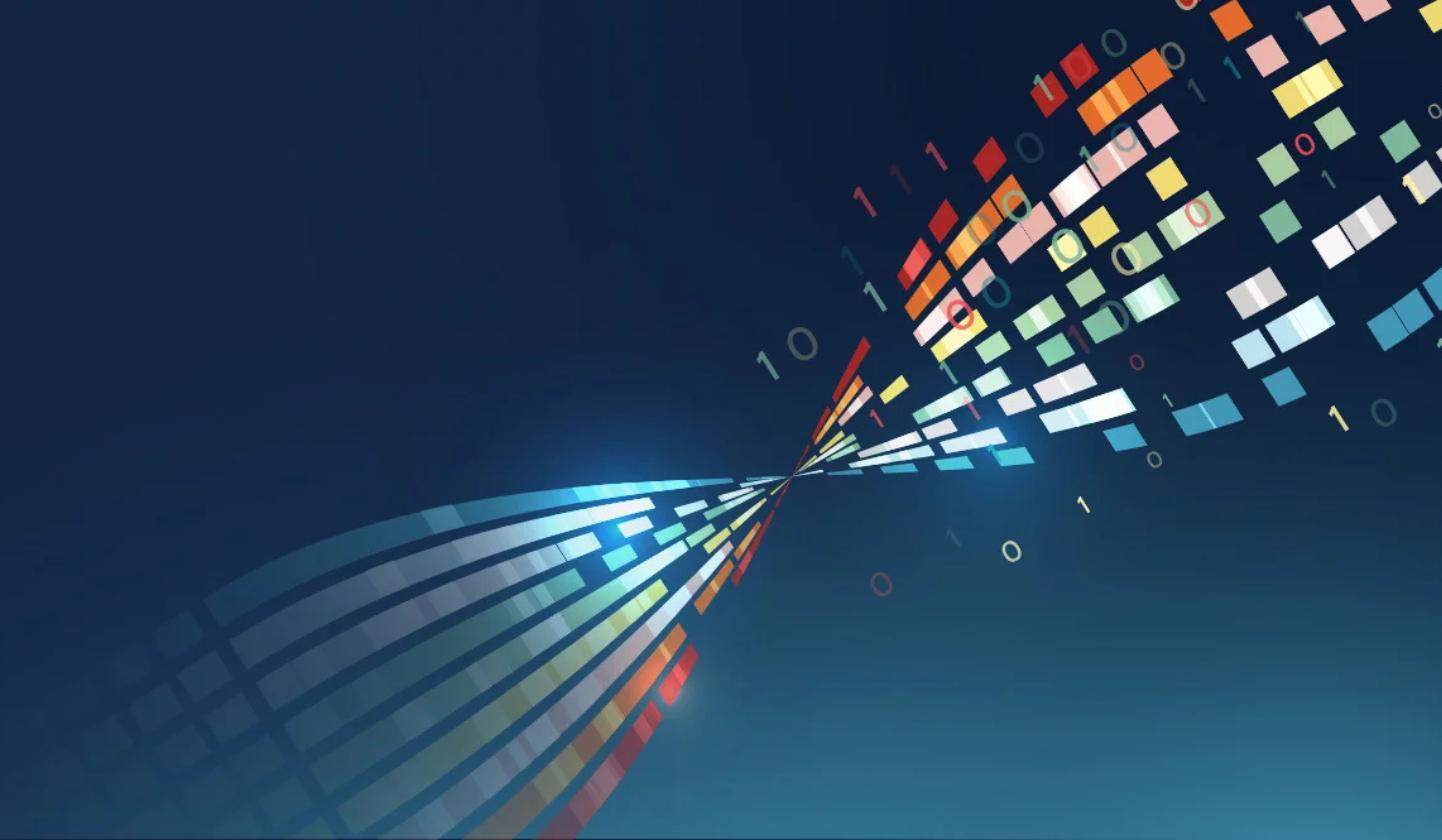Building Shared Knowledge in the Age of Fractured Attention - Multiplayer Content

In today’s workplace, content isn’t created in a vacuum. It’s multiplayer. Ideas bounce across Slack threads, email chains, Notion pages, and endless Zoom calls. But instead of creating clarity, we’re drowning in repetition and noise. Everyone’s trying to contribute. No one knows where the latest version lives. The result? Fractured attention, duplicated work, and exhausted teams.
What’s the alternative?
We need new tools and new behaviors that let teams collect and shape knowledge together, asynchronously and across silos. Not another app to check, but a system that listens across the tools you already use, organizes what matters, and brings it back when you need it most.
Why “Multiplayer Content” Matters Now
The rise of remote work, flexible teams, and creator-led business models has exposed a fundamental flaw: our tools prioritize broadcasting over building. Slack is great for speed, but not memory. Notion is great for structure, but not flow. We’ve optimized for sharing, not synthesis.
What teams need is a way to co-create even when they’re not in the same room, the same timezone, or even the same department.
That’s where Content Collection comes in.
From Collaboration to Collection
True collaboration starts before you write anything down. It begins with how we gather ideas, questions, decisions, and references before they get polished. Content Collection tools act like an ambient layer: listening across conversations, extracting signal from noise, and helping ideas mature into usable artifacts.
Think:
- A support lead answering repeat questions, automatically captured and turned into a living knowledge base software.
- A project manager syncing updates from chat into a shared status doc without copy/pasting.
- A creative team pulling inspiration from screenshots and links across devices into one tagged, searchable place.
This isn’t just collaboration. It’s multiplayer knowledge building. And it’s asynchronous by design.
Multiplayer Content Requires a New Mental Model
To make this work, we need to shift how we think:
- From hierarchy to mesh: Not everyone contributes at the same time or level, but everyone adds value.
- From creators to curators: The best insights might come from the fifth comment in a thread if you catch it.
- From real-time to right-time: Just because it’s new doesn’t mean it’s relevant. Context matters more than chronology.
What This Looks Like in Practice
Let’s say your team is planning a major launch. Ideas are flying:
- Feedback comes in through emails, meetings, customer calls.
- Strategy notes are scattered in Google Docs, voice memos, and chat.
- Someone drops a perfect line in a Slack thread, then it gets buried.
With a multiplayer content mindset, all of that input gets collected automatically, organized by topic, and surfaced when you’re actually building the final materials.
- No more “Where did we say that again?”
- No more recreating the wheel.
- Just collective progress, captured.
Building the Shared Brain
The promise of multiplayer content isn’t about writing together at the same time. It’s about thinking together over time. It’s about building a shared brain for your team, where knowledge isn’t locked in someone’s head or hidden in a forgotten thread.
That’s what Content Collection unlocks:
- A calm, organized upstream process
- A system that respects fractured attention
- A foundation for deeper, more intentional collaboration
Next Steps:
If this resonates, start by asking:
- Where does my team’s best thinking get lost?
- What’s one conversation we have repeatedly that could be captured and reused?
- What tool or habit could help us collect more without adding friction?
Because multiplayer content isn’t a tool. It’s a shift. And it’s already happening.